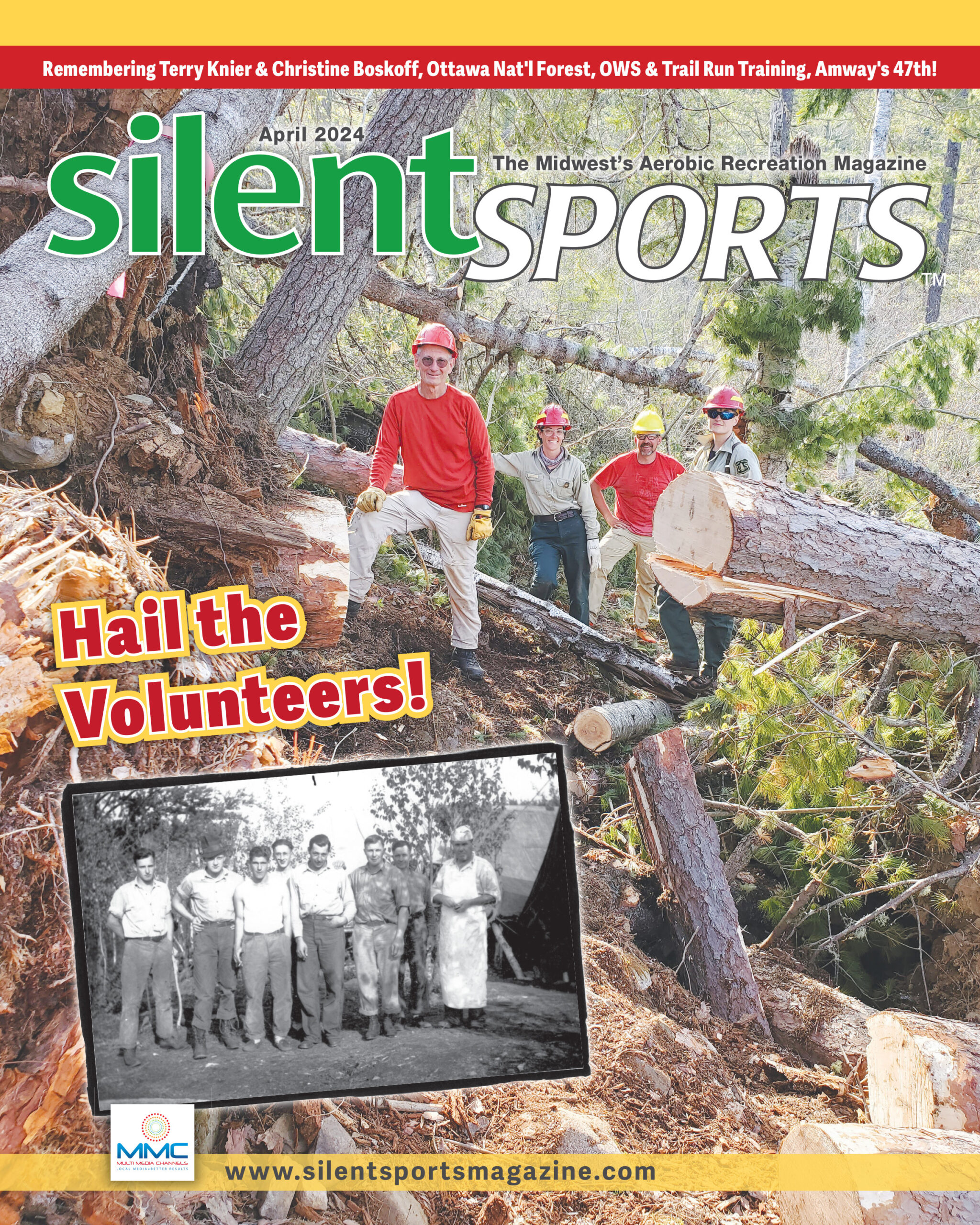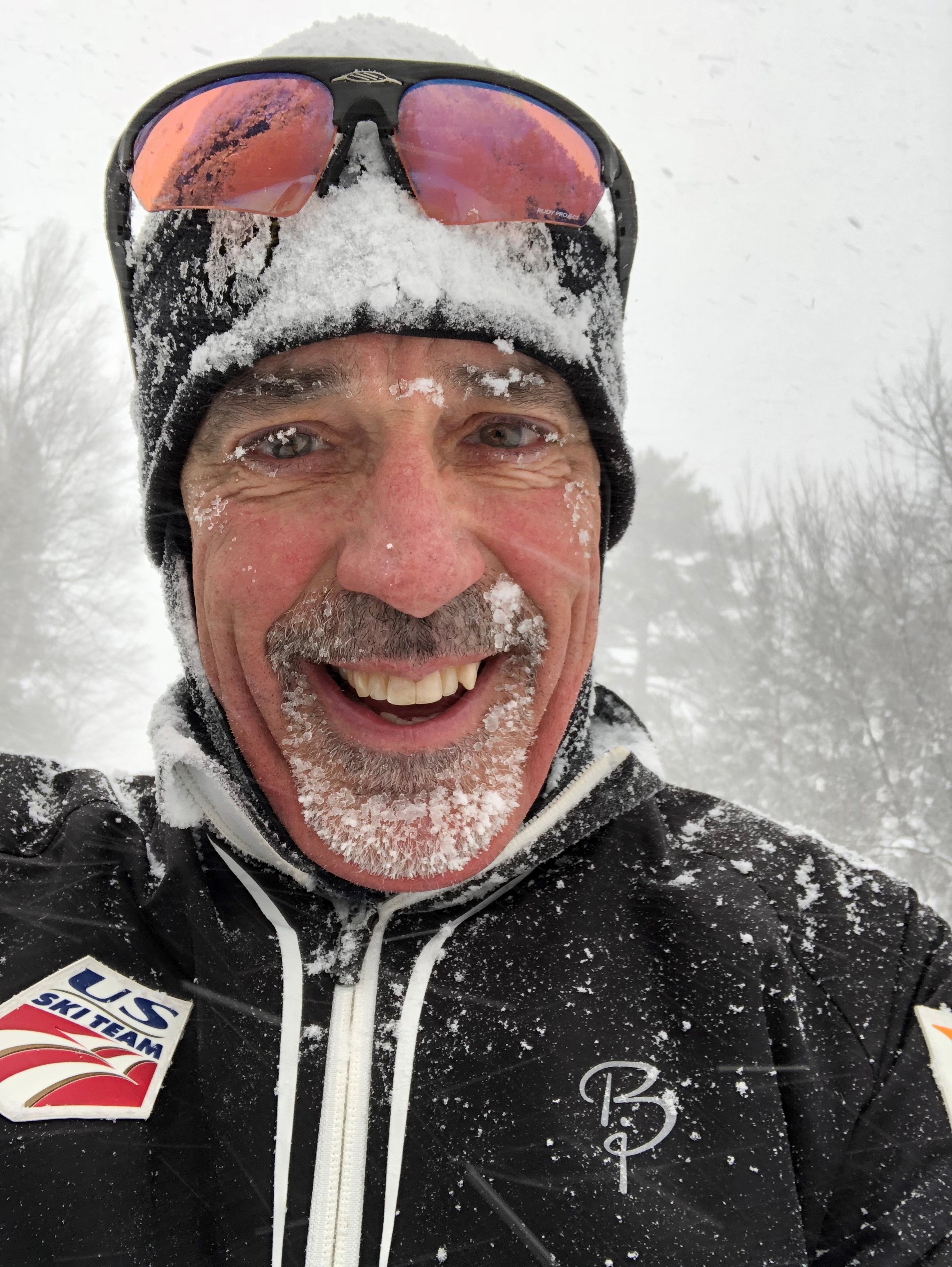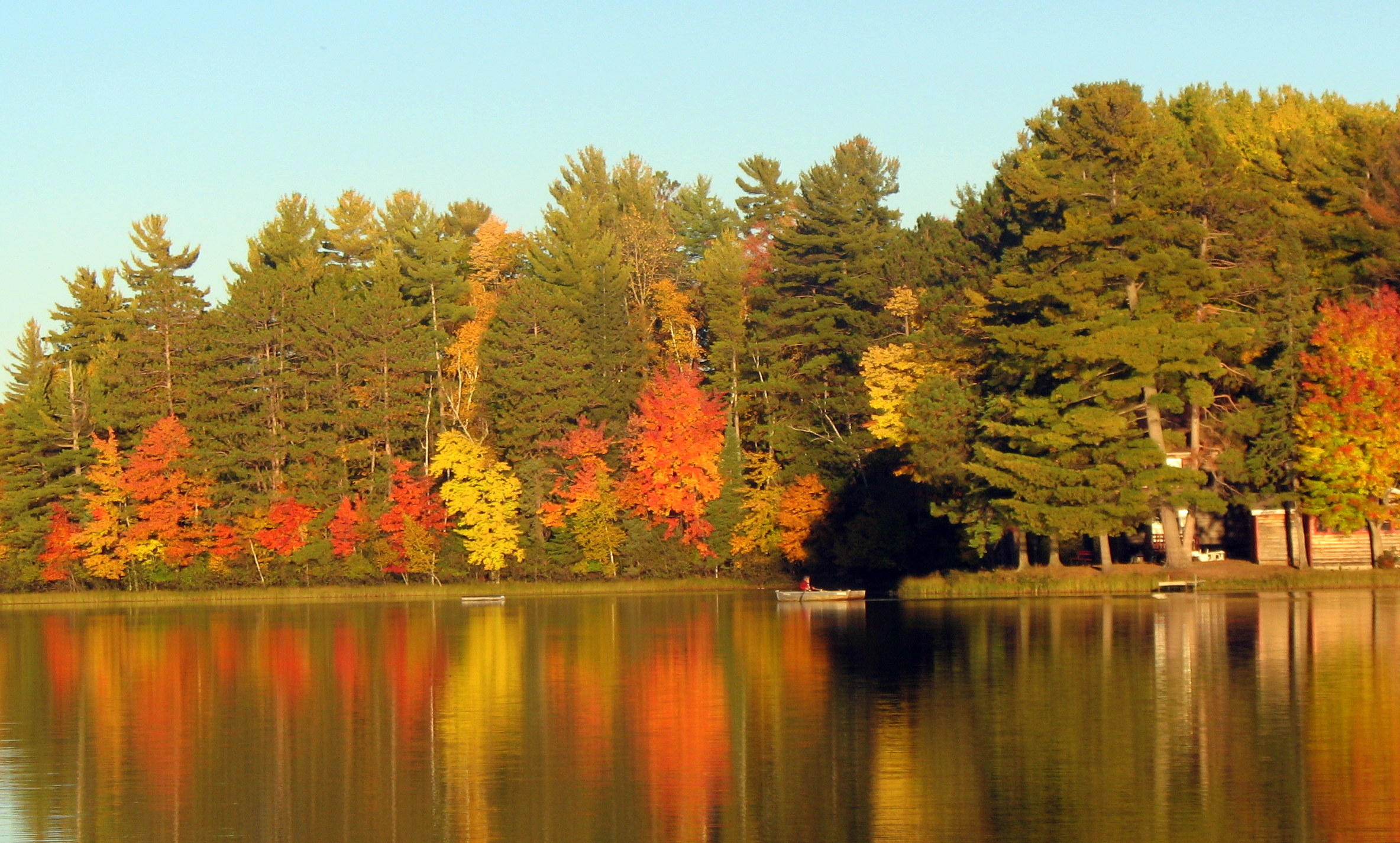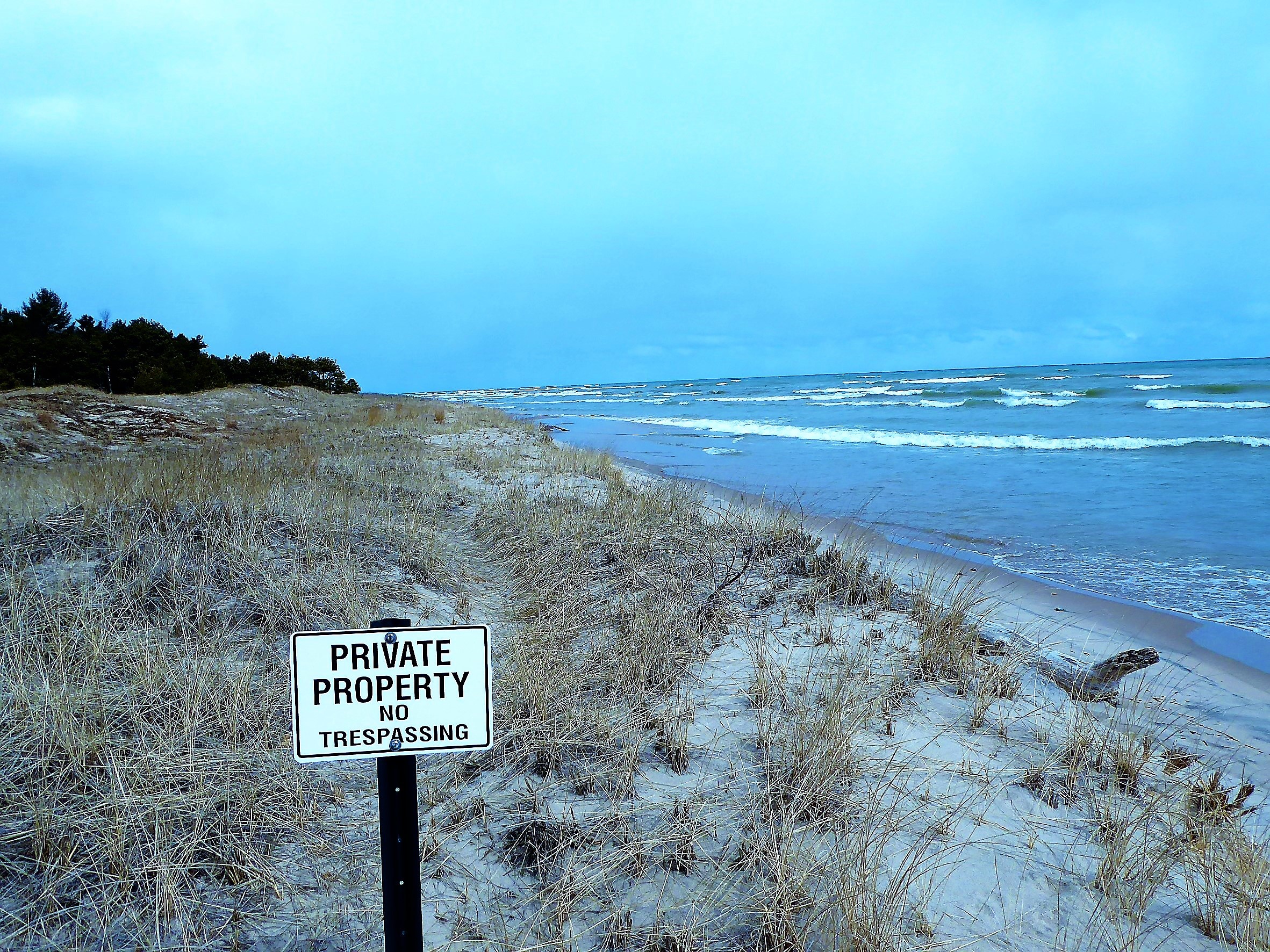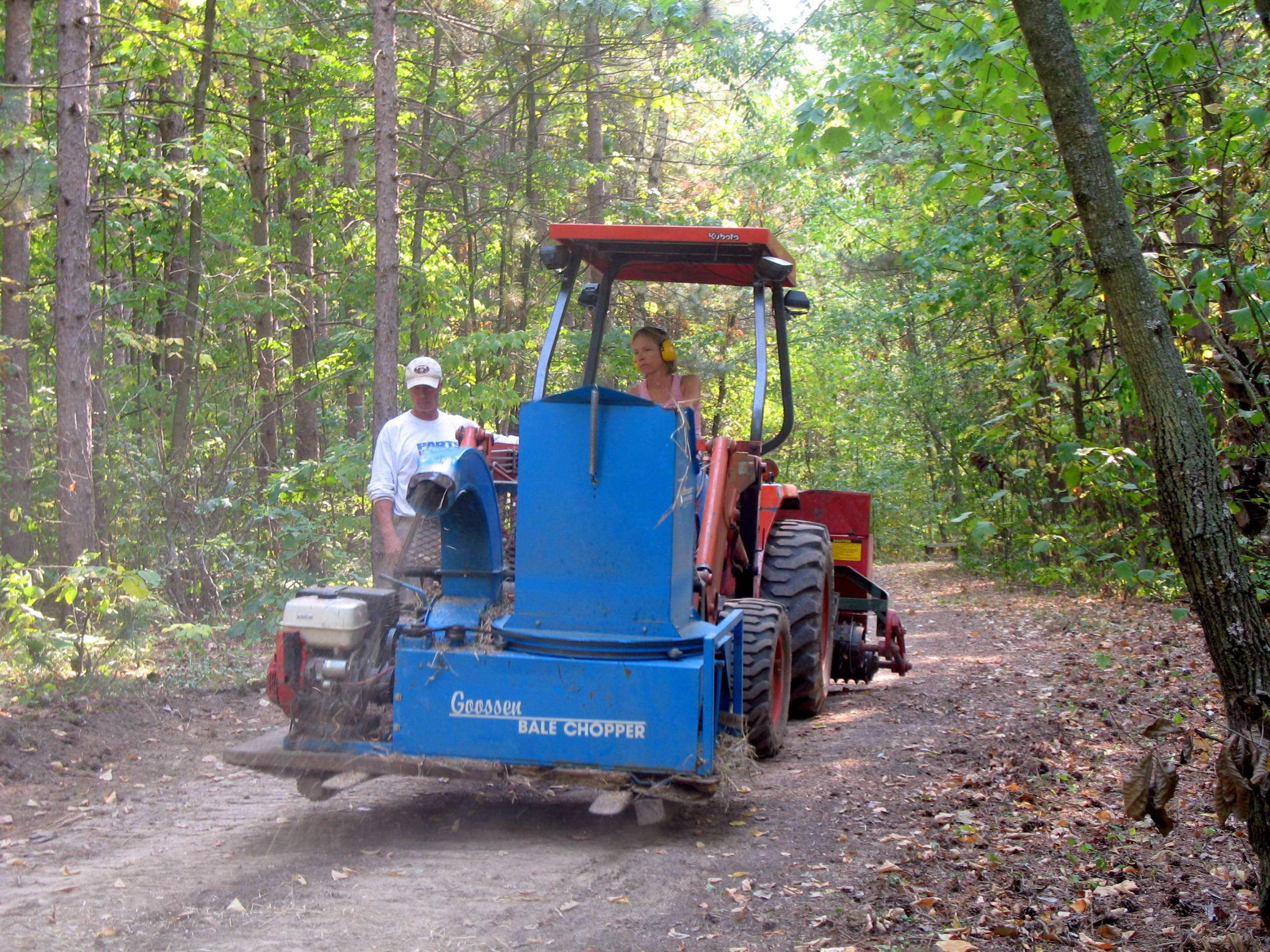Silent Alarm: COVID-19: Straight talk with the Midwest’s Top Race Directors About 2021

By Michael McFadzen
[Please add your thoughts by scrolling way (way) down to the comments box. Thank you!]
What will large recreational events look like in the COVID-19 era? The virus isn’t going away, and a vaccination probably won’t be available until 2021 or beyond. Numerous guidelines and restrictions present a difficult balancing act for organizers.
Would you participate in an event without a COVID-19 vaccination?
Silent Sports talked to race directors of the Midwest’s largest events to get their take on what 2021 looks like.
GRANDMA’S MARATHON

Views of Lake Superior are a scenic feature of the Grandma’s Marathon (2016) race course. Photo by Rolf Hagberg Photography, courtesy of Grandma’s Marathon.
Grandma’s Marathon, a top-five US marathon, takes place on one of the most scenic courses in the country. The Duluth, Minnesota, race has been held for 44 years, and 20,000 participants were expected for the 2020 event. However, in 2020, Grandma’s transitioned to a virtual event.
Executive Director Shane Bauer shared his thoughts on what the future looks like.
“It was gratifying that over 600 people registered after the race was cancelled to support us,” Bauer said. “We are focusing on what’s best for our sponsors, community, and runners. [For 2020], we are currently working with the mayor’s office on trying a smaller race first, maybe late summer. There would be 500-700 participants, and we are working on ways to temperature-check and maintain social distance.
“We are already planning for the 2021 event. Since Grandma’s is a point-to-point race, we bus everyone to the start. We are unsure how that can be done with current precautions. Effective vaccinations or herd immunity would have people feeling safer.”
AU SABLE RIVER CANOE MARATHON
The Au Sable River Canoe Marathon is North America’s toughest and richest paddle race. It starts at 9 p.m. in Grayling, MI, and runs 120 miles to Oscoda. The race draws the world’s best paddlers, including racers from Great Britain, Belize, and New Zealand.

The Au Sable Canoe Marathon features a Le Mans-style start with racers running with their boats to the river. 2016 race photo by Erik Olsen.
“It’s a Le Mans-style start, with thousands of fans lining the start line,” said Media Relations Director Phil Weiler. “The gun goes off and the 90-some teams sprint with their canoes down to the river. We were prepared to go this year, but then (Michigan) Governor Whitmer hit the giant pause button. We get up to 15,000 people watching the event, so we had to cancel it for fan protection.”
The event includes a large festival with concerts, food venues, and a Special Olympics race.
Weiler said, “Every year we do contingency planning, for weather, water levels, and crowds. I never thought a virus would shut the race down after 73 years.
“We have plans for the 2021 race, but the biggest question is how to handle 15,000 fans.” The race goes through different communities so organizers need to be cognizant with each town’s regulations. According to Weiler, “Until we get better guidance, we are in a holding pattern. The crowds are the devil we dance with.”
THE BIRKIE
The American Birkebeiner is the largest cross-country ski race in North America, drawing skiers from almost every state and several countries. Each year, over 10,000 skiers participate in several, Birkie-related events.
“Event organizers are starting to put on events, but it will be much different than the past,” according to Birke Executive Director Ben Popp. “Indiana just had a touchless trail run. The Birke Trail Run is a smaller event, so that can be a trial for us, then gear it up for the Birkie.”
The Birke Trail Run is scheduled for September 25 and 26, and will be the USA Track and Field Half marathon National Championship.
“We have a duty to provide a safe event for our community and racers,” Popp said. “Hayward has no ICU and limited medical facilities. We can’t bring 15,000 people into our community if there is the potential that 20 percent could get sick. And liability insurance doesn’t cover COVID-19.”

Elite men battle for position across Lake Hayward in the American Birkebeiner Ski Race, 2011. Photo by Michael McFadzen.
Popp also pointed out that there is an economic side to this issue. “Many Cable and Hayward businesses depend on the Birke,” he said. “Businesses are urging we keep it; others have some hostility toward people coming into our small community. We are having discussions with town boards, health officials, sponsors, and racers. We have to weigh economic benefits and medical risks. What happens if participants can’t go to restaurants and hotels; how does that work? Some racers want do it no matter what.”
About the Birkie, “This year’s Birke will likely be much different than any past race,” Popp said. “If you can’t have a traditional race, we’ve got good options. Maybe we put 1,000-1,500 people on a wide trail for a loop race done over several weekends. Another option is more virtual. People could ski Lapham Peak, Theodore Wirth, or other trails with some kind of app. Or maybe spread the event over many weeks with several hundred people doing it each week.
“Everything is taking longer to plan and do. We have a well-oiled Birke staff, but now all the planning is happening via phone. I was on the phone for over 9 hours today. We are mowing the grass, fixing snow-making pipes; we will have something. But until there is a vaccine, there will be a lot of blending, then a transition back to a new normal. This is a period of creativity. We have a responsibility to provide great events for racers, our community, and sponsors.”
BIKEFED
The Bicycle Federation of Wisconsin (BFW) is a statewide organization that advocates for better bicycling. BFW sponsors many events including the Santa Cycle Rampage, Polish Moon Ride, and the Ride Across Wisconsin.
“We are planning for the 2021 event, which will be held around July 31,” said BFW Executive Director Kirsten Finn. “Our main concern is how we keep people safe. Participants ride 225 miles across Wisconsin. We need to re-think rest stops and feed stations; maybe starting in waves. You have to consider that the smaller towns we go through have fewer facilities. We won’t be able have scouts handing out water and similar things.
“Vaccination is key to getting back to normal. People want to get out and connect with each other. A real bright spot in all this is the big biking boom with the rediscovery of cycling. People are getting bikes out of basements and garages, and putting them back on the road.”
TOUR OF AMERICA’S DAIRYLAND
The Tour of America’s Dairyland (TOAD) is the largest competitive road cycling series in the U.S. It hosts 11 days of racing throughout southeast Wisconsin.

Racers sprint to the 2017 finish line in America’s largest road cycling series in the Tour of America’s Dairyland. Photo courtesy of TOAD.

